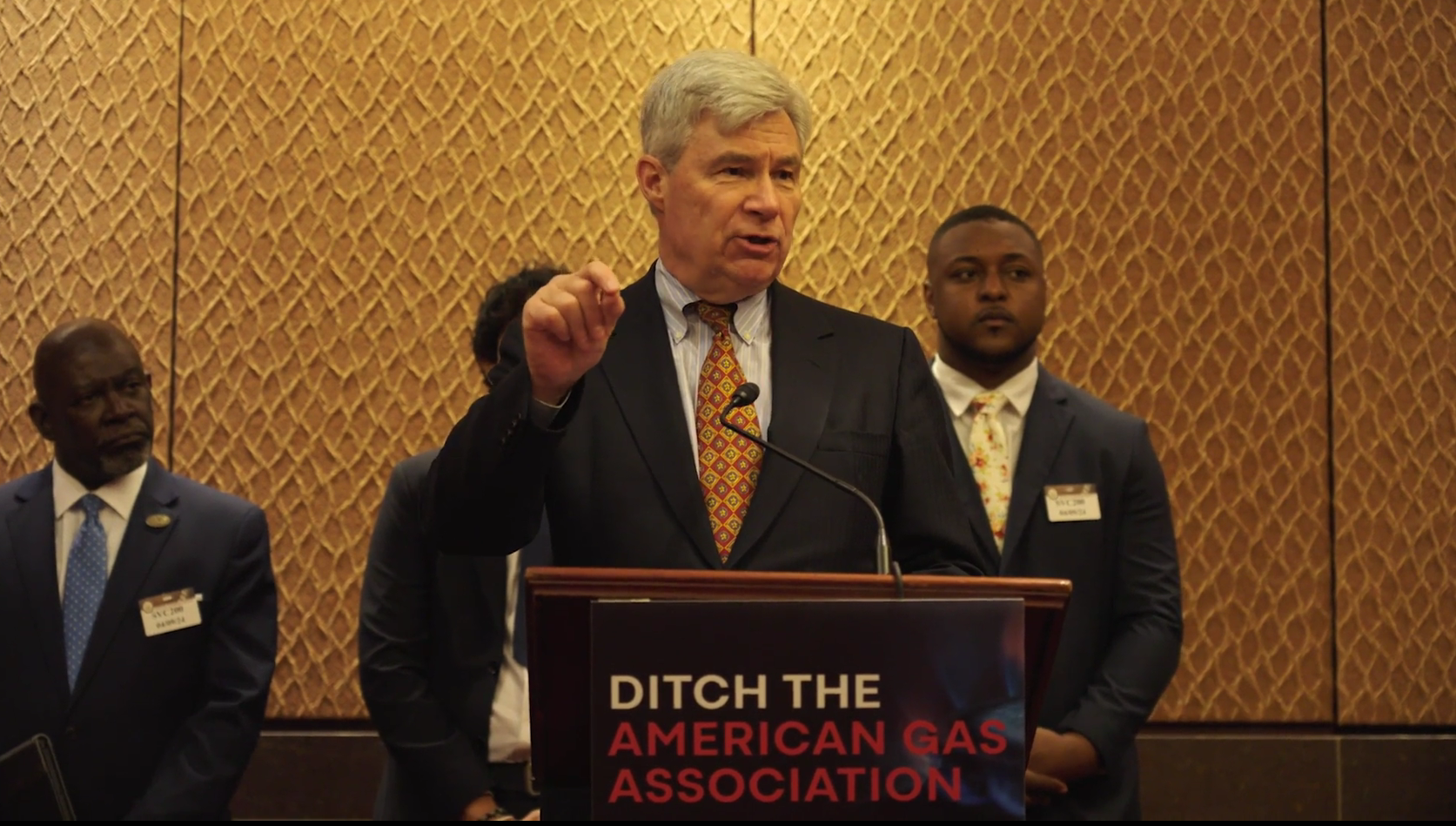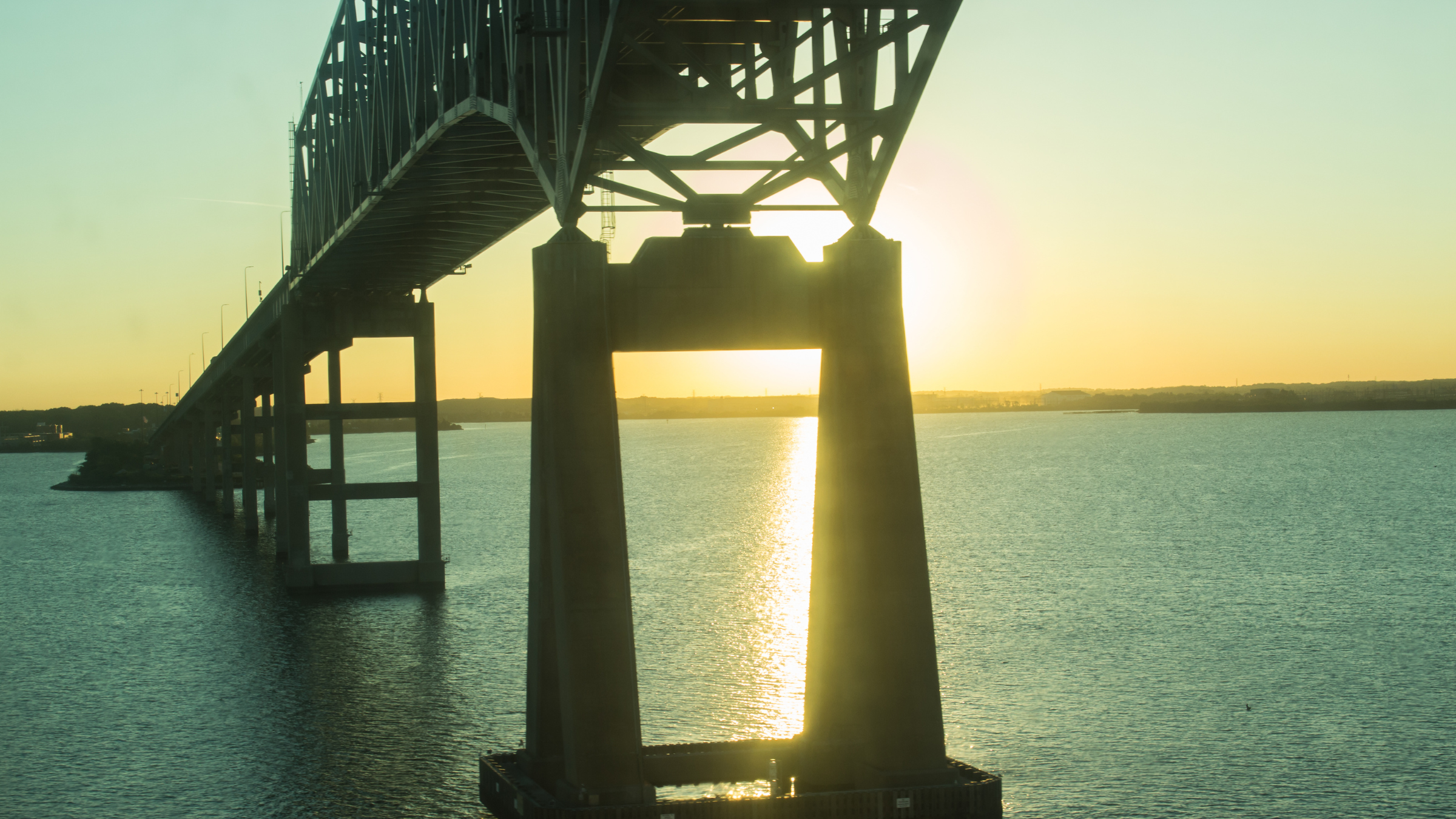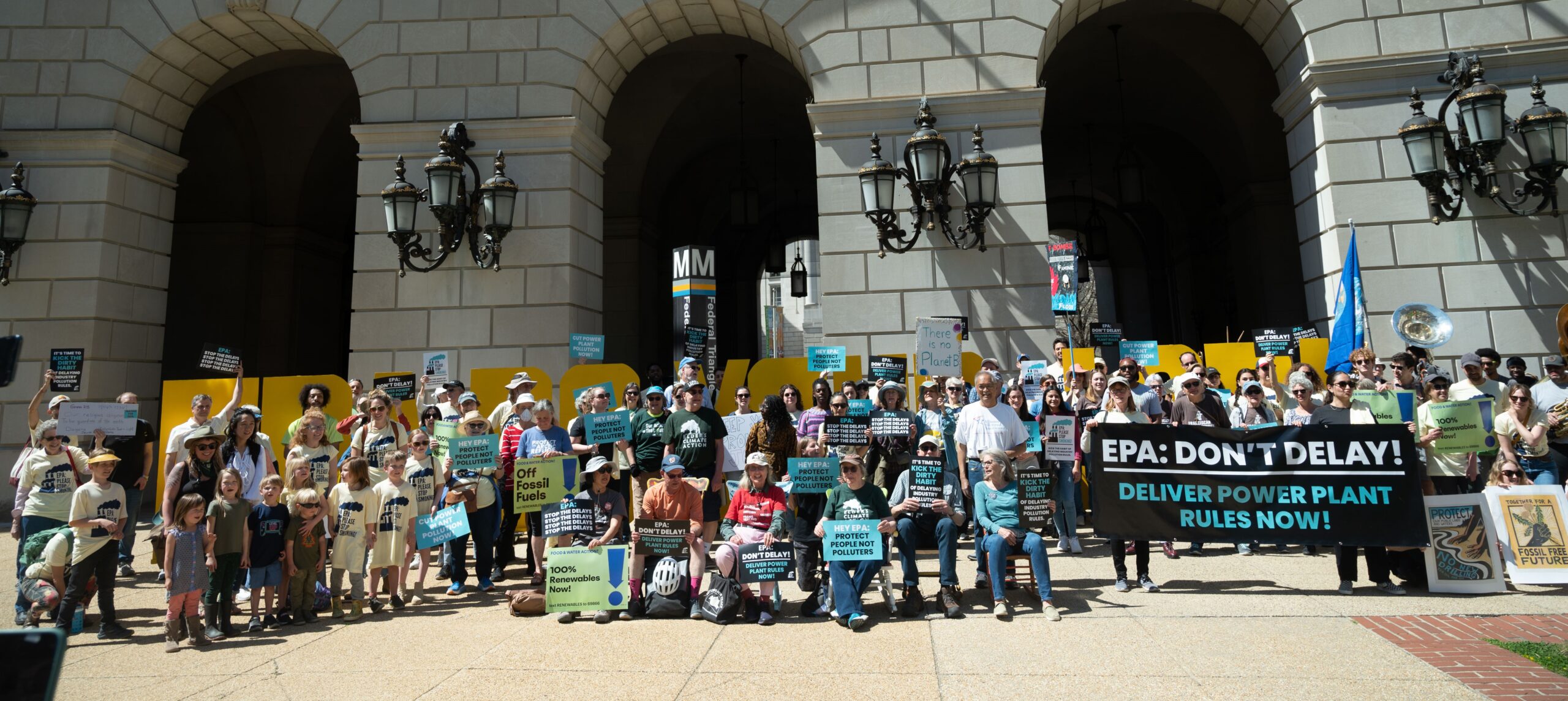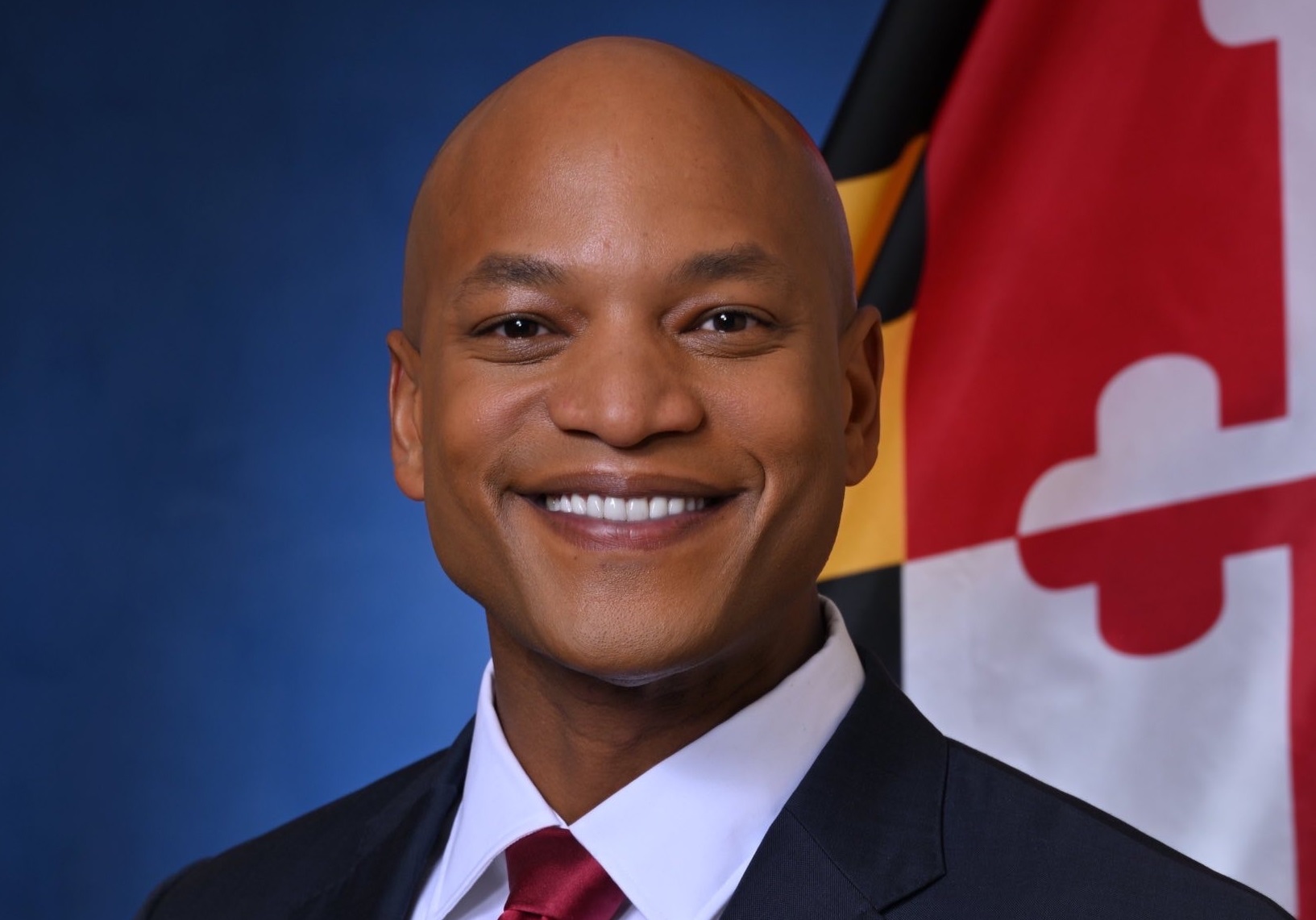Zero-emission heating equipment standards, part of Gov. Moore’s ambitious executive order on climate, can lower energy bills, deliver healthier air for residents, and accelerate progress towards Maryland’s climate goals
BALTIMORE — A coalition of health, environmental justice, and climate organizations today applauded an executive order from Gov. Wes Moore directing the Maryland Department of the Environment (MDE) to develop zero-emission heating equipment standards this year. This announcement, which comes as a new analysis from RMI (founded as Rocky Mountain Institute) reveals that Marylanders can save an average of $740 on heating and cooling and $380 on water heating by upgrading to highly efficient heat pumps and heat pump water heaters, will ensure Maryland residents can adopt the best, most efficient clean heating equipment.
Healthy air standards can phase in the adoption of highly efficient heat pumps, which provide affordable, reliable heating and cooling year round while reducing health-harming air pollution. In Maryland, fossil fuel heating equipment in residential and commercial buildings emits more than three times as much health-harming nitrogen oxide (NOx) emissions as all the state’s power plants put together, and is responsible for approximately 3,500 cases of asthma, 6,500 lost work days, and $1.3 billion in health impacts each year. Alarmingly, pollution from burning fossil fuels in homes and commercial buildings has increased in recent years, making this executive order even more essential.
Maryland is already a regional leader in heat pump adoption. Already, 54% of Maryland homes are on track to install heat pumps by 2030, and in February 2024 Gov. Moore joined eight states to pledge to accelerate the adoption of heat pumps to reach 65% of all HVAC and water heating sales by 2030 and 90% of all HVAC and water heating sales by 2040. Further, Maryland residents overwhelmingly support this policy. According to polling from CCAN, three-quarters of Maryland voters support healthy air standards that would phase in heat pump technology.
QUOTES FROM ADVOCATES BELOW:
“Today’s announcement from Gov. Moore not only cements Maryland’s legacy as a climate leader, but will create more equitable access to climate and health resources, paying dividends for generations to come,” said Ruth Ann Norton, president & CEO of the Green & Healthy Homes Initiative. “Phasing in zero-emission heating equipment standards, coupled with policies that build healthier, more affordable homes, will provide urgent relief in the form of cleaner, healthier air for low-income families and a future where all Marylanders can thrive.”
“To meet its climate goals, Maryland must tackle fossil fuel use in buildings, which represents 13% of the state’s greenhouse gas emissions,” said Anne Havemann, general counsel for the Chesapeake Climate Action Network. “We’re proud to see Governor Moore take a massive step toward this goal through today’s executive order, which will gradually reduce this climate pollution from buildings and send a signal to manufacturers, retailers, and installers to prepare for an increased demand in clean technologies such as heat pumps.”
“The impact of air pollution from burning fossil fuels in our homes is not evenly distributed across Maryland, with people of color 60% more likely to be exposed to pollution from gas heating equipment, exacerbating health conditions like asthma and heart disease for vulnerable communities,” said Jose Coronado-Flores, an organizer for CASA. “Promoting the adoption of highly-efficient electric equipment such as heat pumps through this executive order will finally help close the alarming, preventable health disparities we see from this air pollution.”
“We applaud Governor Moore’s affirmative step to promote clean electric heat pumps that should lower bills and improve health outcomes and quality of life for Marylanders,” said Leah Louis-Prescott, building electrification policy expert at RMI. “To ensure monthly energy savings go to the residents who need it most, the Moore administration must pursue a suite of equity-focused policies to help low-income residents adopt this highly efficient technology.”
“Marylanders are working together to reduce climate pollution from every sector, but burning fossil fuels indoors in the buildings where we live, work, learn, and pray is continuing to hurt our neighbors and damage our common home,” said Andrea Orozco, faithful advocacy lead at Interfaith Power & Light (DC.MD.NoVa). “We welcome zero-emission heating equipment standards as a major step towards reckoning with and addressing the harms of gas-burning in our buildings. For all that has breath, we celebrate Governor Moore’s announcement.”
“Burning fossil fuels in our buildings is a major source of greenhouse gas emissions in Maryland,” said Josh Tulkin, Sierra Club Maryland Chapter Director. “By developing zero-emission heating equipment standards this year, Maryland can make a measurable dent in climate pollution while delivering cleaner, healthier air for residents.”
“Pollution from gas furnaces and water heaters increases the risk of premature death, asthma attacks, and cancer,” said Emily Scarr, State Director at Maryland PIRG. “We applaud Gov. Moore for today’s announcement and look forward to supporting strong regulations to clean up our air, lower heating bills, and protect the health of Maryland families.”
Contact:
Anne Havemann, CCAN Action Fund: anne@chesapeakeclimate.org, 240-630-2146
KC Chartrand, CCAN Action Fund. kc@chesapeakeclimate.org, 240-620-7144
###
Chesapeake Climate Action Network is the first grassroots organization dedicated exclusively to raising awareness about the impacts and solutions associated with global warming in the Chesapeake Bay region. Founded in 2002, CCAN has been at the center of the fight for clean energy and wise climate policy in Maryland, Virginia, Washington, DC and beyond.











